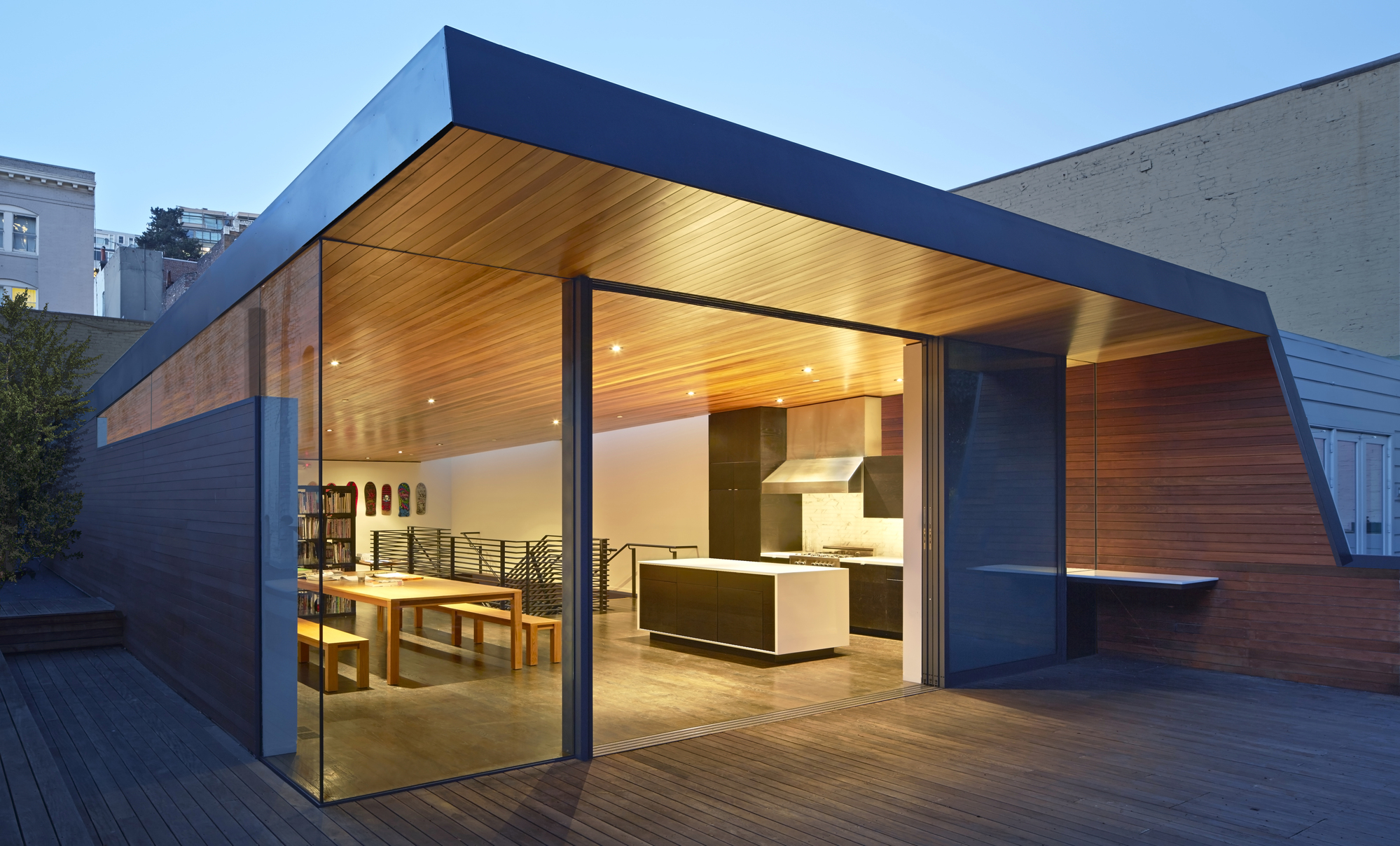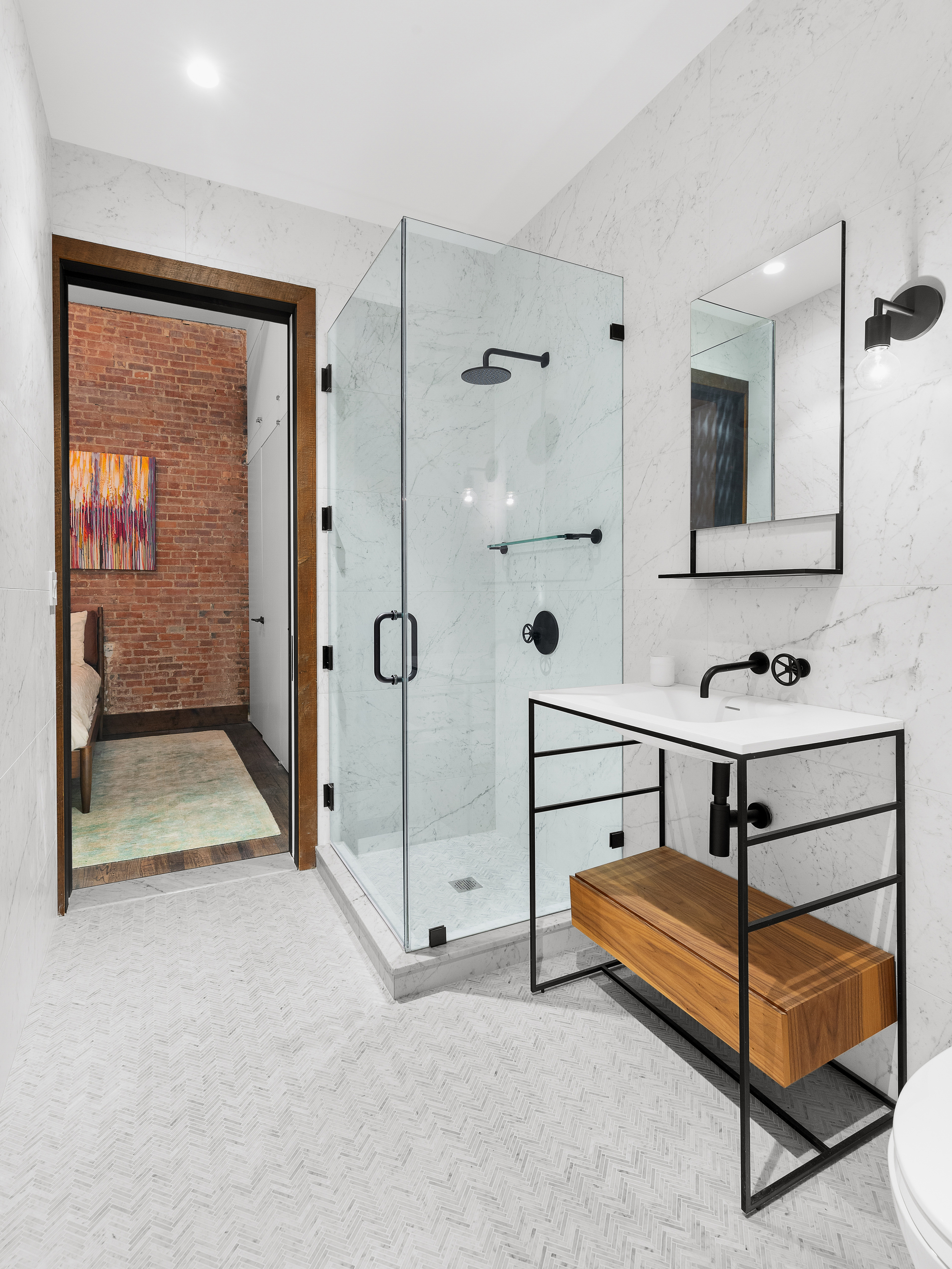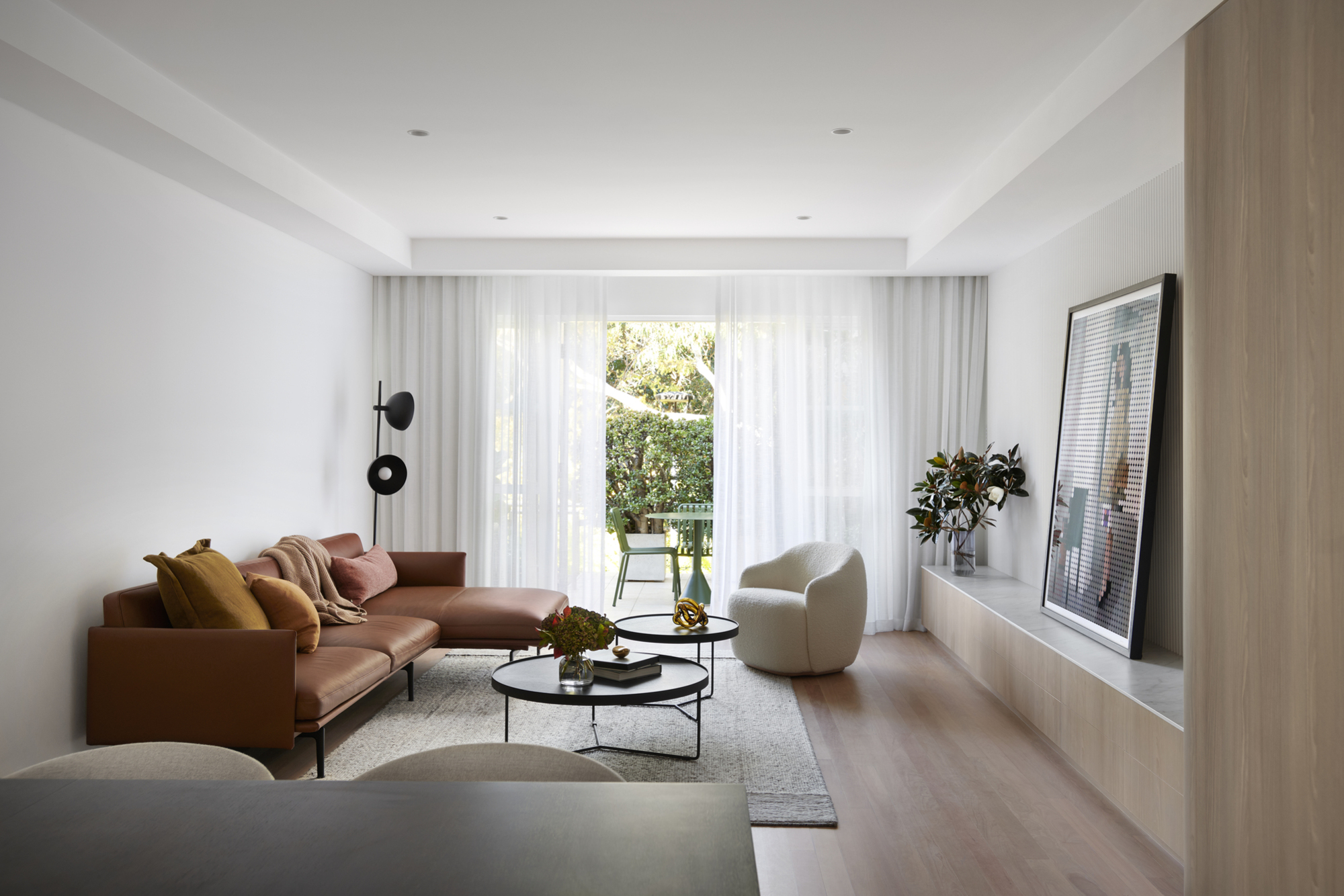How do you layout recessed lighting? Top designers answer your questions
How do you layout recessed lighting? Rules of thumb for how many lights, how far apart, and how to install


How do you layout recessed lighting? From modern new builds to period properties in need of some TLC, recessed lighting works fabulously across the board, working as a key element that blends form and function. Within the home, recessed lighting can be the right lighting choice for any room, bringing a clean, uncluttered look, encouraging a simple and elegant design, while increasing the amount of light and helping a space feel all the more spacious.
'Recessed lighting is a great option for rooms with little space as it's nonintrusive, meaning it can add depth to a layered lighting design without taking away from the aesthetic,' says Jade Diamond-Haggert of The Stylesmiths.
'Recessed lighting has become a bit more refined over the years, and there are thankfully more minimal and aesthetically pleasing options out there,' says Lauren Sullivan of Well x Design. 'Just be careful: do not make your ceiling look like an airport landing strip—instead, incorporate lighting from multiple sources (i.e. chandeliers, table lamps, floor lamps, wall sconces, etc.) rather than relying solely on recessed lighting to illuminate a space.'
From living room lighting to the bathroom, read on for our tips on how to install and layout recessed lights all over the home.
Oonagh is an experienced homes and interiors writer and editor. For this particular piece, she got in touch with the architects and designers who have used recessed lighting in the schemes to create a bright and airy space, finding out the rules of thumb and the do's and don'ts.
What is recessed lighting?

Recessed lighting is the most common type of light fixture found in homes. It's often called downlighting and refers to a fixture that is installed into a hollow opening in a ceiling. Different to an overhead, ceiling light, the result is that they will focus the light in a downward direction as a broad floodlight or narrow spotlight. It is great task lighting, creates an even bright canvas of light.
‘Recessed lighting produces a nice even light without interrupting the clean minimal lines of the ceiling,’ says Alex Terry of Terry and Terry Architecture. 'When recessed lighting is laid out and adjusted for the specific space it can create a well balanced light throughout the space. Recessed lighting can also be used to wash walls to create soft reflective lighting for the general space, or in contrast, the recessed lights were also used to illuminate artwork throughout the space. '
'I use recessed lighting a lot,' says Joe Human, designer in NYC and FL for Designs BY Human. 'Especially over the last few years the ceiling profiles have gotten thinner so there are options to not drop ceilings as much. Recessed lighting is great for overall lighting of a room and when spaced out it can provide a more even feeling.'
The Livingetc newsletters are your inside source for what’s shaping interiors now - and what’s next. Discover trend forecasts, smart style ideas, and curated shopping inspiration that brings design to life. Subscribe today and stay ahead of the curve.
What is standard recessed lighting size?
The most standard size of recessed lighting is 6 inches in diameter, but you can also easily find 4 and 5 inches too. Think about what size suits your space.
If you're planning to fit the ceiling of a large and open-plan kitchen, a 6 inch fixture will work. If you're thinking instead about a small bathroom, ensuite or dressing room, go for a smaller light at around 4 inches.
How do you layout recessed lighting?

When first considering layout of your recessed lights, the first thing to think about is how you use the space. Are you wanting to highlight a coffee table area where you spend your days lounging, is it for a kitchen where you might want to create a focus or spotlight, or is it to lay a foundation in an open plan living area? Establishing this first will assist you in identifying the areas of room that need lighting the most.
Next, think about where you might want to place your new light fixtures. You want them to be equally spaced apart, not too close together or they'll dazzle anyone who happens to glance up. 'Space them evenly around the room making sure that the beam spread of each light overlaps,' suggests Libby Rawers of Sharp + Grey Interiors. You also want to avoid placing your recessed lights in rows, this can look rigid and structured, when you really want the look to be more patterned.
Another thing to think about is whether you are using this light as overhead lighting, or if you want to highlight or spotlight something in particular. ‘Make sure recessed lighting is placed 12- 18 inches from a cabinet so that there aren’t any dark spots,’ says Libby. This also works you are highlighting a piece of art or a vignette on a shelf. Any closer and it will shine too brightly and drown out the piece. When using recessed lighting for reading or prepping in the kitchen, think about how your body might block the light and cast a shadow.
To get the spacing spot on, a good rule of thumb to follow is that the distance apart is dictated by the size. A 4-inch recessed light fixture should be placed around 4 feet apart, while a 6-inch recessed light should be placed around 6 feet apart.
Recessed lighting isn't just for the ceiling, and can be used in the kitchen for under-cabinet lighting, flooding your counter with spotlight lighting so you can focus on the jobs at hand, like prepping and chopping.
When it comes to installation, recessed lighting is simple, says Alex Terry. 'The installation is fairly straight forward. It typically has a IC metal housing box which is installed during rough electrical installation period and the trim kit is later installed during finish work.'
Amico 20 Pack 6 Inch 5CCT Ultra-Thin LED Recessed Ceiling Light with Junction Box
Bag yourself a 20 pack of 6-inch recessed ceiling lights, and you'll have light to spare for every room in the home. This pack comes with five different colors available, ranging from warming yellow to cool white.
How do you calculate how many recessed lights are needed?
‘A good general rule for placement is to divide the height of the ceiling by two,’ advises Mohammad Ahmed, founder and editor of The Home Guidance blog. ‘The result is the amount of space to leave between each light. For example, recessed lighting spacing for a room with an 8-foot-high ceiling would be 4 feet between each light. This will provide good spacing for general room lighting.’
What type of bulb to use for recessed lighting?

It's not just sizing of the bulb that matters, there are different types of fixture to pick from, not to mention bulb shape. A recessed light fixture can take an incandescent, fluorescent, halogen, or LED light bulb. Incandescent bulbs are on the cheaper ender, while LED bulbs are super energy efficient. Halogen bulbs are a little more yellow in terms of light and long-lasting. In terms of bulb shape, recessed lights are typically broken down into R bulbs, BR bulbs, PAR bulbs and MR bulbs. R bulbs are the most common and have a reflective surface so the light shines down. BR bulbs flare at the base of the lamp and have a rounded lens. PAR bulbs are similar but have a flat lens. MR bulbs have in-built lenses to further reflect the light.
Recessed lighting can also be flush mounted, meaning it does not protrude from the surface of the ceiling, but sits directly on the surface, giving it a seamless look. The Stylesmiths opted for flush mounted in this particular project. 'In this project, it was important to make the home as functional as possible, without overcrowding the tight floorplan,' explains Rose Sorkheh. 'Thus flush mounted recessed lighting was used to illuminate the living areas without being noticeable during the day time. Tall ceilings always make a space feel bigger- minimizing the features above helped to give this illusion.'
How to choose the right color temperature for recessed lights

As well as bulb, think about the warmth or coolness of your recessed lighting. This comes down to what they are being used for. If overhead lighting a living room, a warmer, yellowish glow might work. 'I use warmer LED recessed lights with 3000k or 2700k, says Sabina Dontcheff of Kokema Design. 'Also make sure your light volume can be controlled by dimming.'
In the kitchen, a more stark, white glow might better reflect the function of the space, which is cooking, prepping food and generally being a busier space. For a whiter glow, pick a light that is around 4000k. The same can be said for an office, where a whiter light might help you focus.
When to avoid putting in recessed lighting
While recessed lighting can look great in many rooms and across many genre of home, there are moments when it's not quite the right lighting look. You should avoid recessed lighting when the only option is to place your recessed lights close together in rows, this overwhelms the space and can look pretty intimidating if you're lying on your living room sofa gazing up at the spotlights.
It's also worth really considering if your ceiling can support a recessed lighting system. Avoid recessed lighting for concrete ceilings or anything super ornate with delicate crown roses and cornicing details. A ceiling rose with chandelier surrounded by recessed lighting might look out of place, so really consider any heritage patterns on your ceiling and go from there. Get to know your home before considering installing, and find out about any specific wiring you might have to undertake.

Former content editor at Livingetc.com, Oonagh is an expert at spotting the interior trends that are making waves in the design world. She has written a mix of everything from home tours to news, long-form features to design idea pieces, as well as having frequently been featured in the monthly print magazine. She is the go-to for design advice in the home. Previously, she worked on a London property title, producing long-read interiors features, style pages and conducting interviews with a range of famous faces from the UK interiors scene, from Kit Kemp to Robert Kime. In doing so, she has developed a keen interest in London's historical architecture and the city's distinct tastemakers paving the way in the world of interiors.
